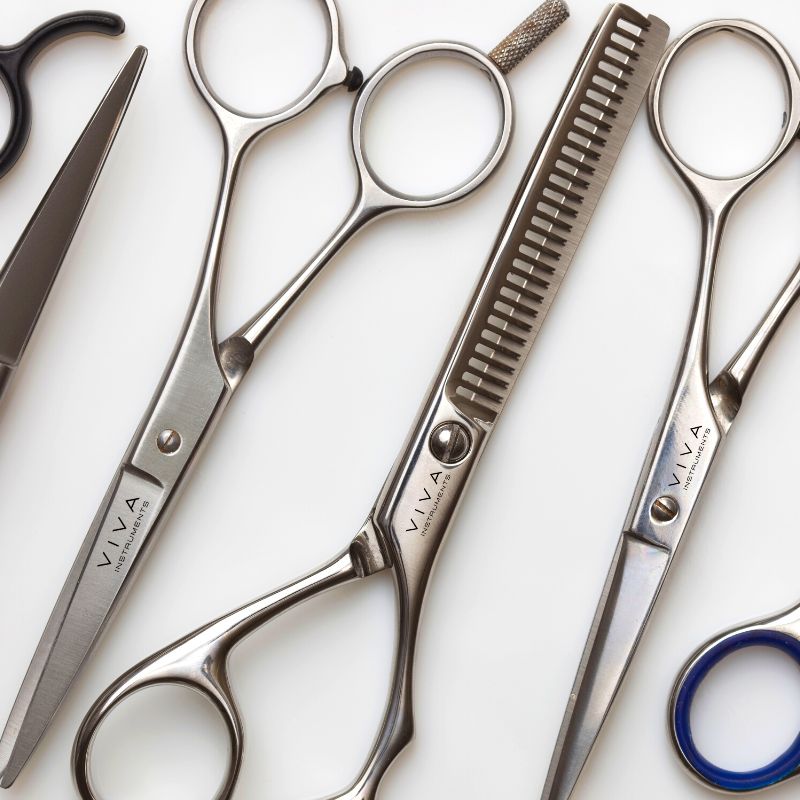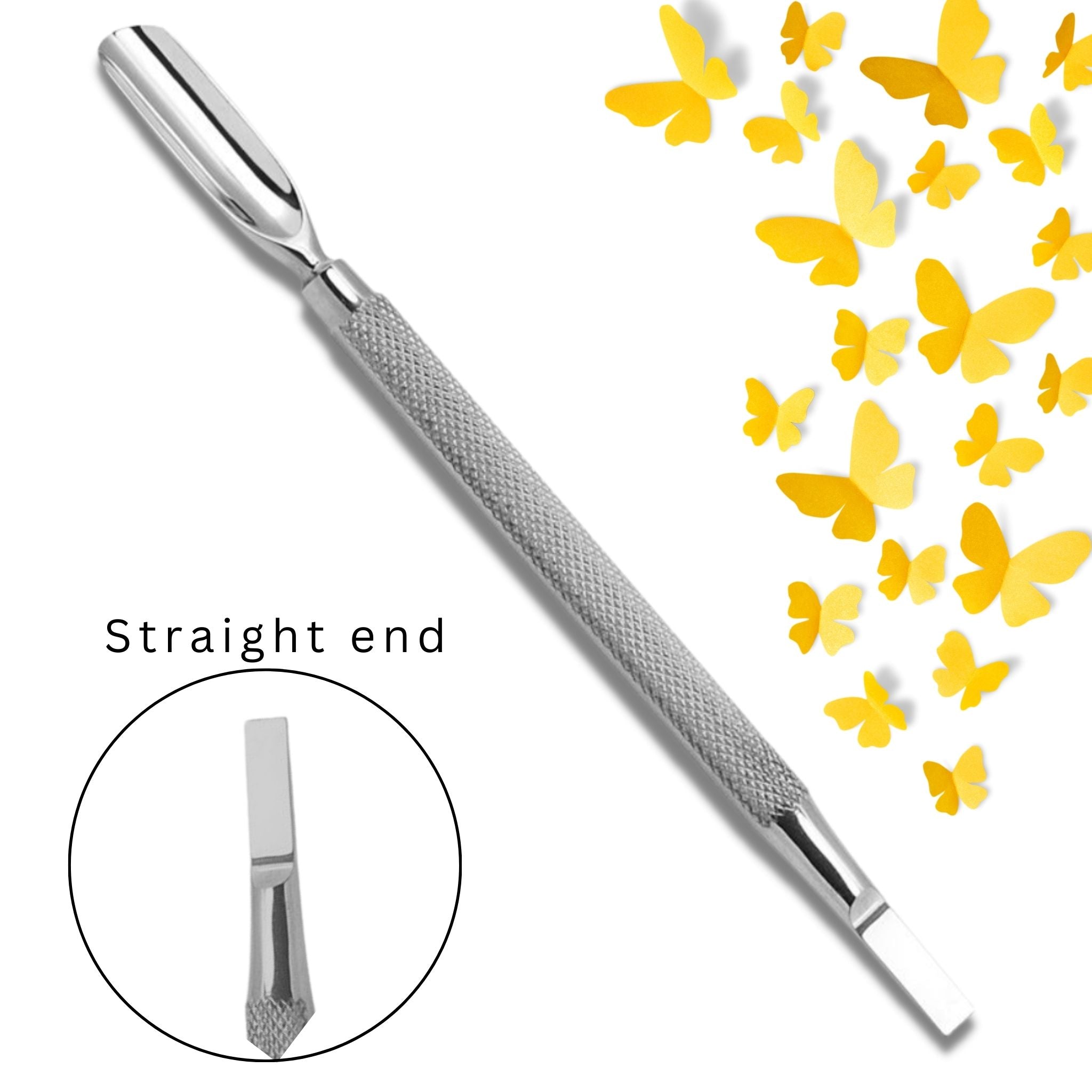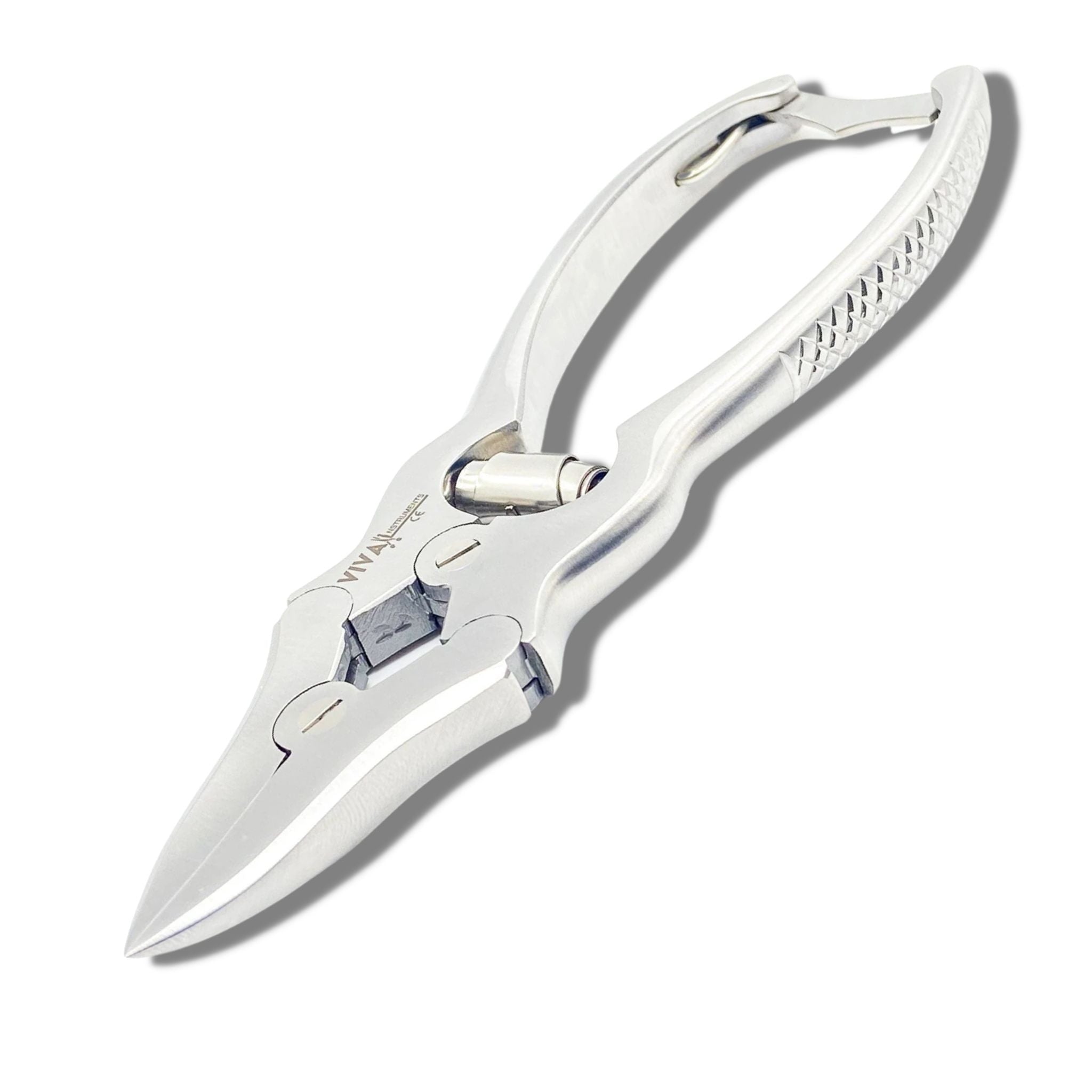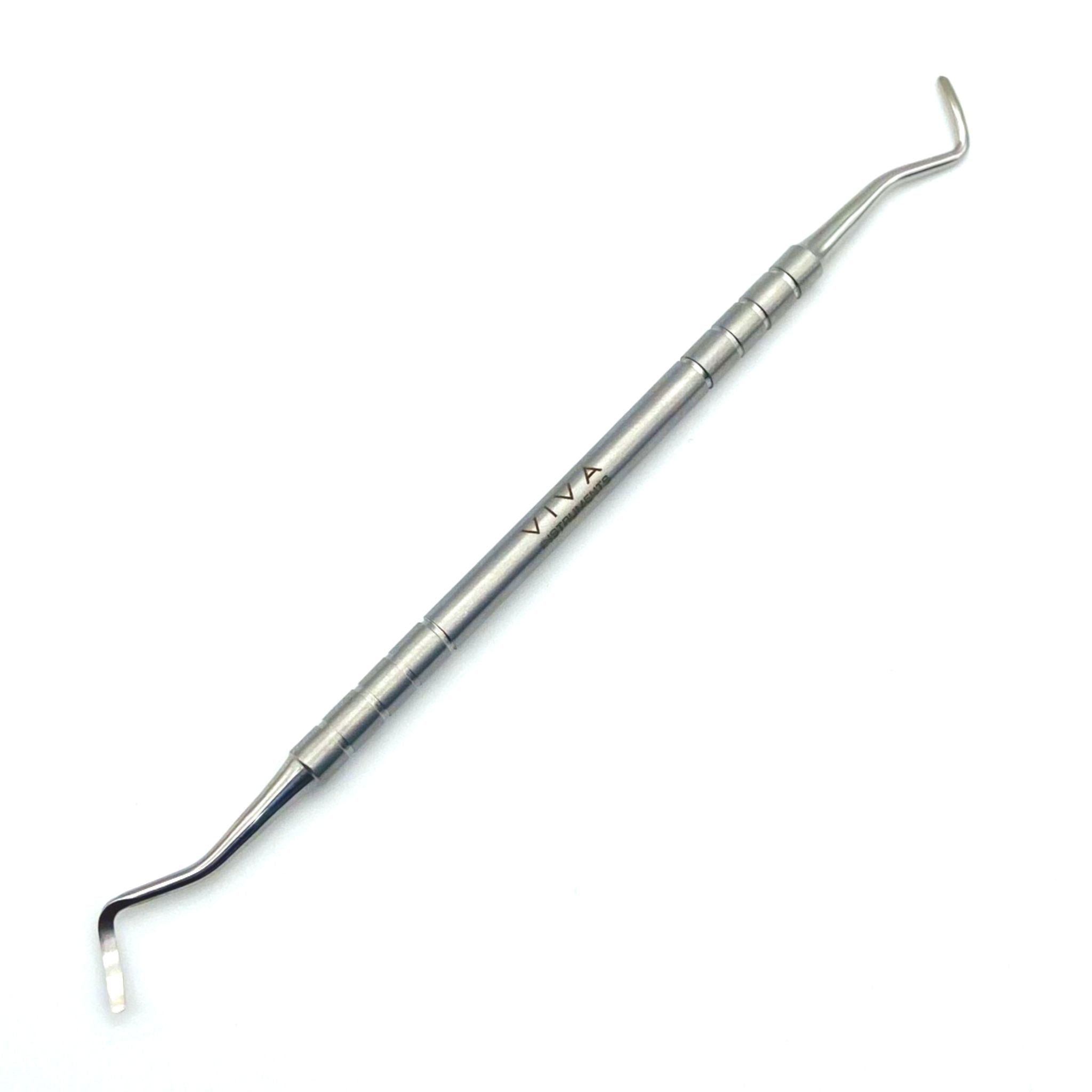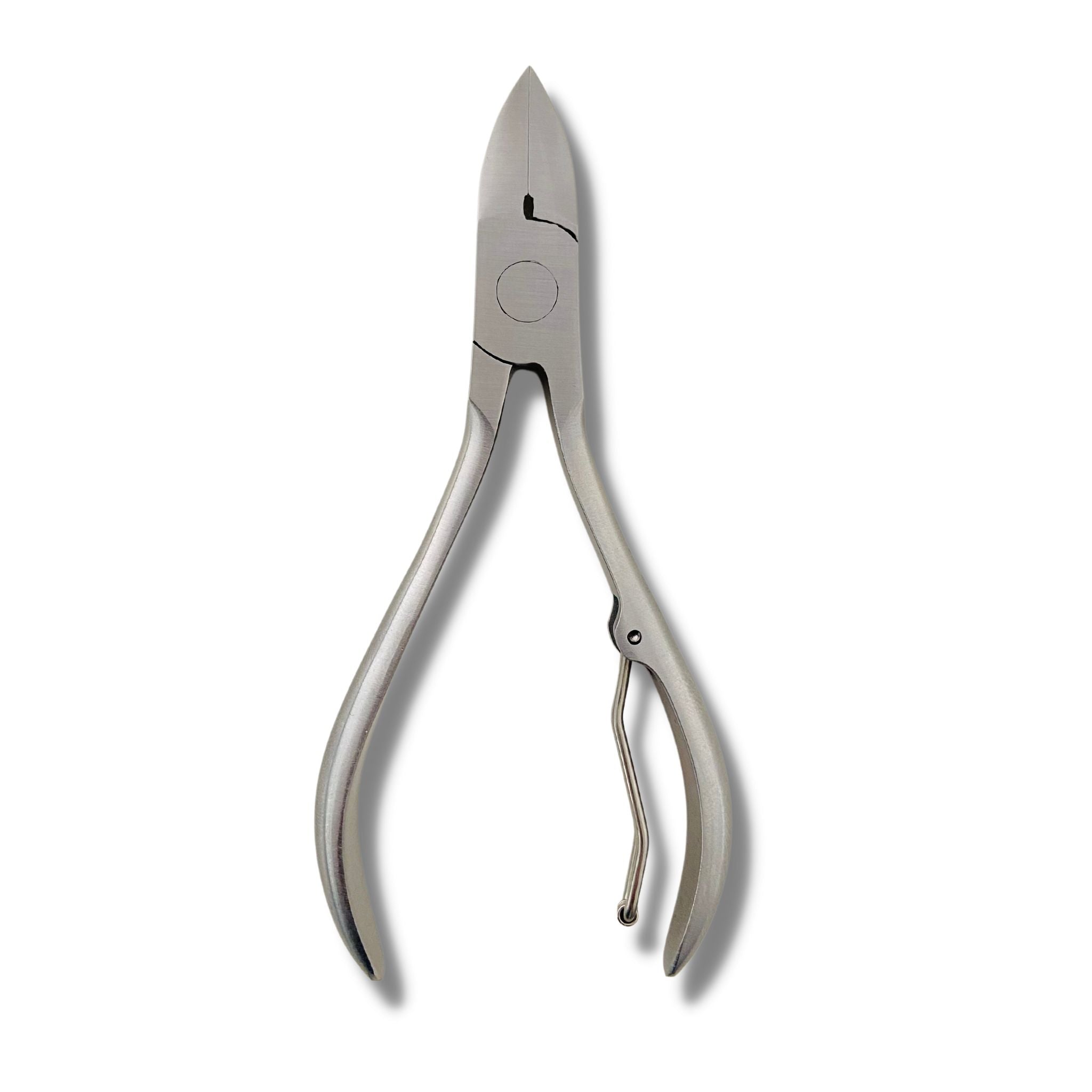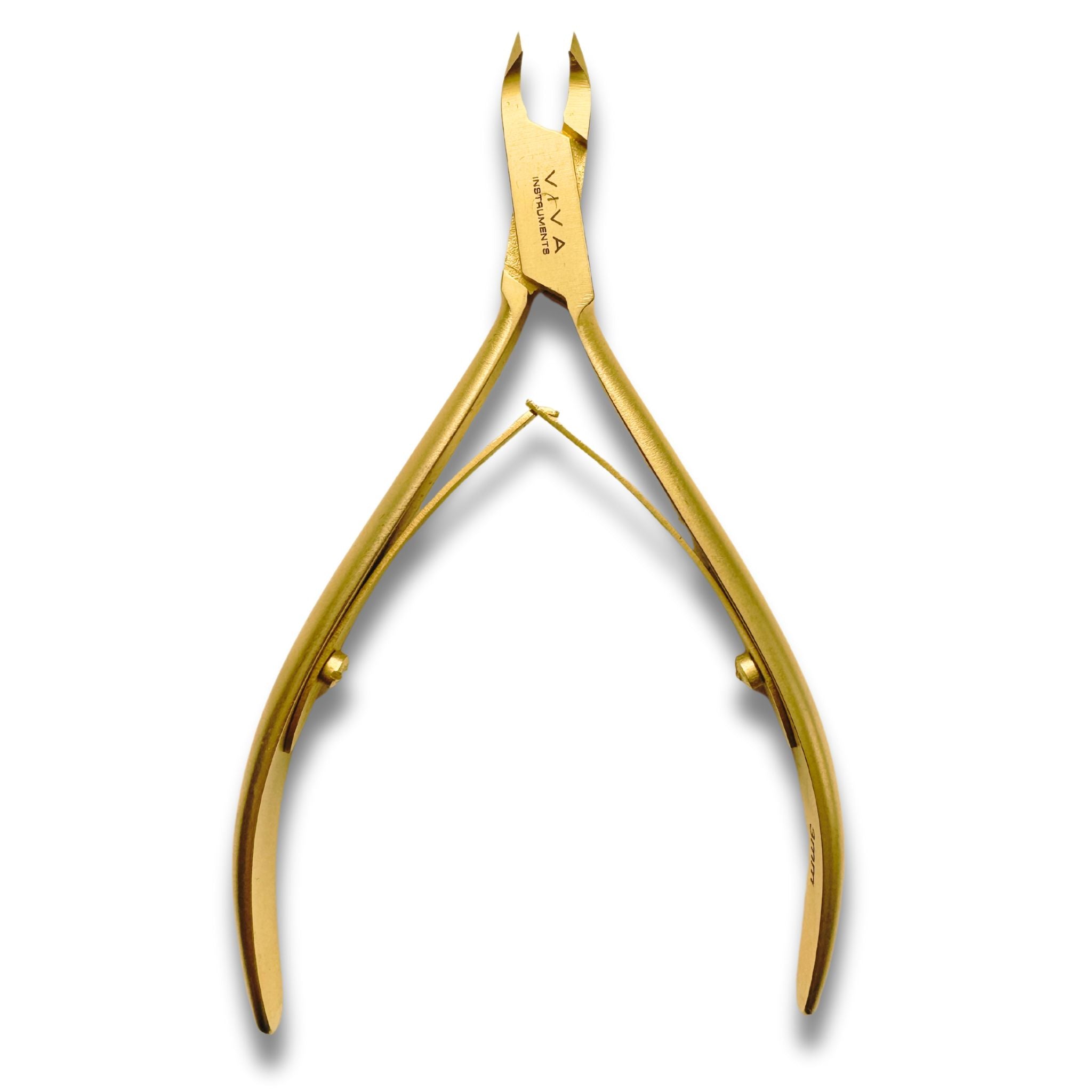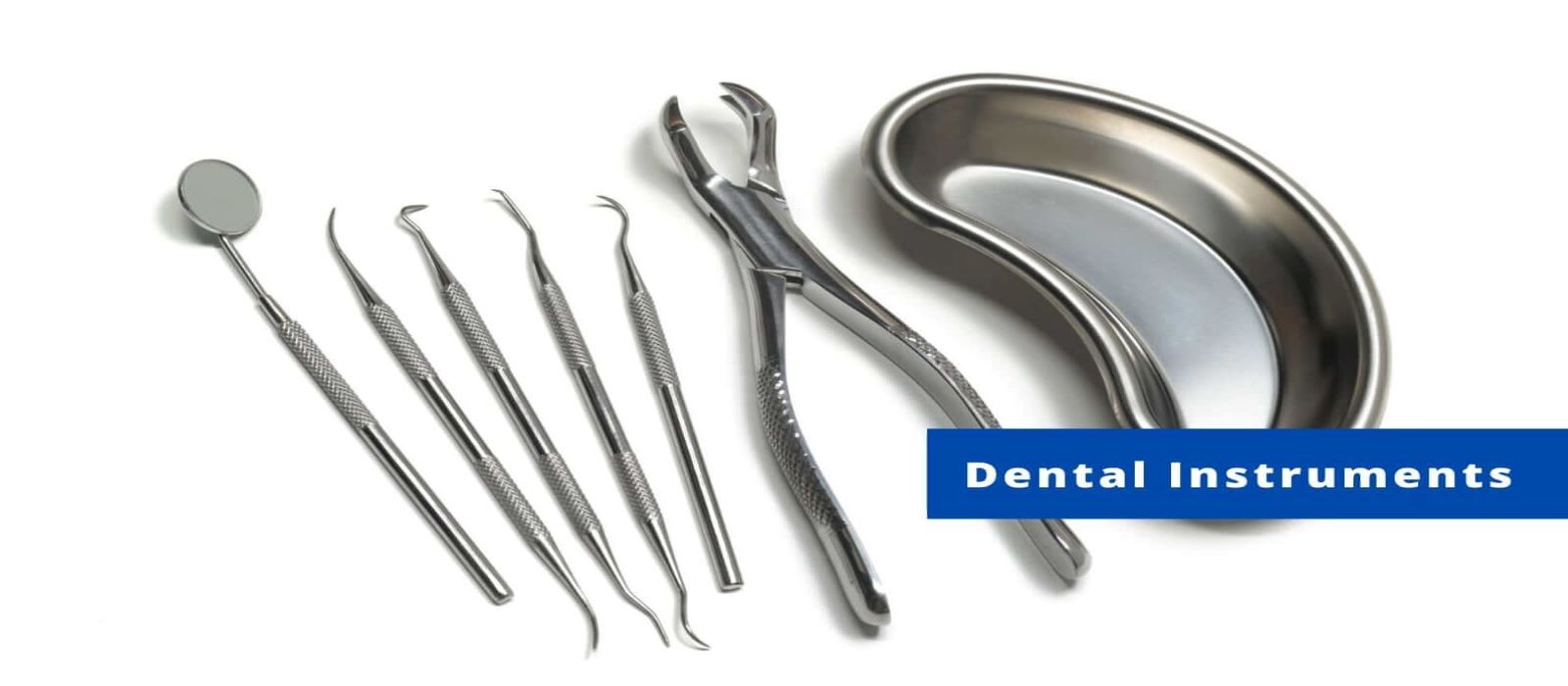Dental Instruments
Dental product suppliers offer a wide range of dental equipment and services, such as dentistry, dentists, dental hygiene services and dental services.
This category also includes basic dental instruments such as fillers and cleaning instruments for teeth and dental hygiene instruments. Here is a list of the most popular dental instruments available in the United States, United Kingdom, Australia, and Europe. We offer reusable and non sterile single use instruments and equipment for dentistry.
Dentists, including dentists, hygienists, and dental assistants, use various types of instruments to remove, reconstruct, clean, extract and eliminate teeth. They also use them to reconstruct and clean them and eliminate them for dental procedures such as fillings, fillings, dental implants, and tooth extractions.
The use of general instruments is not limited to a specific part of the dental practice and is used in a variety of procedures. There are several different types of dentistry, such as dental instruments for the reconstruction of teeth, dental tools, and tools for dental surgery, as well as the instruments used in the reconstruction of teeth. Although other technical terms refer to the general types and uses of instruments for tooth renewal and extraction, the term "dental instrument" refers to all instruments used, not just those used in general dentistry.
This is nevertheless important, and probably the least scary of all dental instruments is the most common and the one with the most applications in dentistry
First, it allows the dentist to look at the location of the mouth in a way that would normally require an act of physical contortion to see it.
It can be used to prick teeth, to check for soft spots that indicate transmission, to scrape off plaque or tarnish the surface of a tooth, and to help with the placement of amalgam during the filling process. It is difficult to see the surfaces of the teeth, but it makes it possible to find out things that would otherwise go undetected, such as the presence of plaque.
Dental mirrors are used to look at the patient's mouth and give dentists a better view of the working area. A dental mirror is used to view and remove dirt and tartar from the mouth and teeth of patients. The scaler is inserted into a patient's mouth during the removal of plaque, plaque removal or amalgam filling.
During the extraction process, the Elevator instrument is used to dig out and push away gingival tissue by pushing the tooth upwards during extraction. Elevator instruments are used to lift a tooth out of the socket.
The reconstruction of a tooth can be done in many ways, for example by using dental implants, dentistry, or scribble reconstructions of the tooth.
Commonly known as a drill, dentists use handpieces with a variety of different chisels to eliminate tooth decay, prepare the tooth for the crown and reconstruct the surface of the teeth during the bonding process. Restorative instruments are used by the dentist and dental assistant to restore a tooth by inserting, condensing, or carving dental material into its structure. Dental reconstructions include bonding, shaping and crowns as well as dental implants such as dentures, implants, and dentistry.
Restorative dental hand tools include a variety of hand pieces such as toothbrushes, toothbrushes, towels, and dental tools. In the manufacture of dental implants, crowns, implants and dentistry, an amalgam carrier is used that transports amalgam components directly into the prepared tooth.
Carvers use this to remove excess material and carve the anatomy back into the amalgam. Developed by researchers to find tooth decay, the scalar has a thick tip and is designed to remove tartar and plaque from teeth.
When dental plaque hardens to tartar, also known as tartar, it cannot simply be removed and cause tooth decay. Dentists and hygienists use the scalar to scrape off built-up tartar from the teeth - especially if the tartar is close to the gum line. It is difficult to remove tartar without dental help, which is one reason why dental cleaning is so important.
Most dental hands and instruments are used to examine the mouth and teeth, professionally clean them, cut them, and remove cavities, place fillers, and carve dental fillings. A dental assistant is responsible for knowing what to do with the hand dental instruments and what your dentist needs for each procedure.
Most dental hands and instruments are made of stainless steel, carbon steel or plastic and must be strong enough to withstand constant use and sterilization procedures. Today, several manufacturers manufacture a variety of different types of hand-held dental instruments used by dentists and dental assistants.
Paradoxically, disposable instruments, typically associated with disposable instruments, are rarely considered a viable alternative by dentists. Although these instruments are available individually as procedure kits, they are often too expensive to bed, a realistic alternative to decontamination with reusable instruments.



